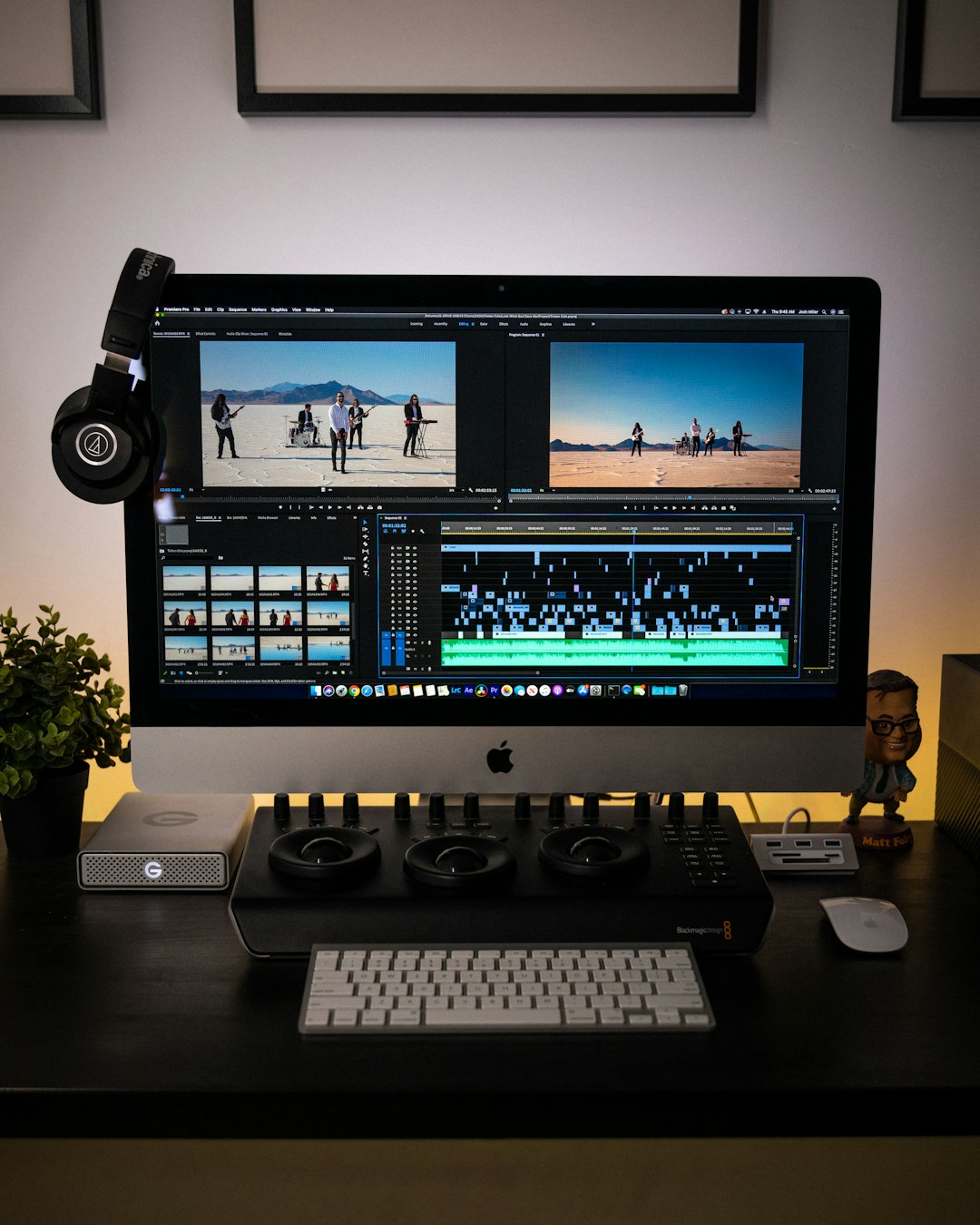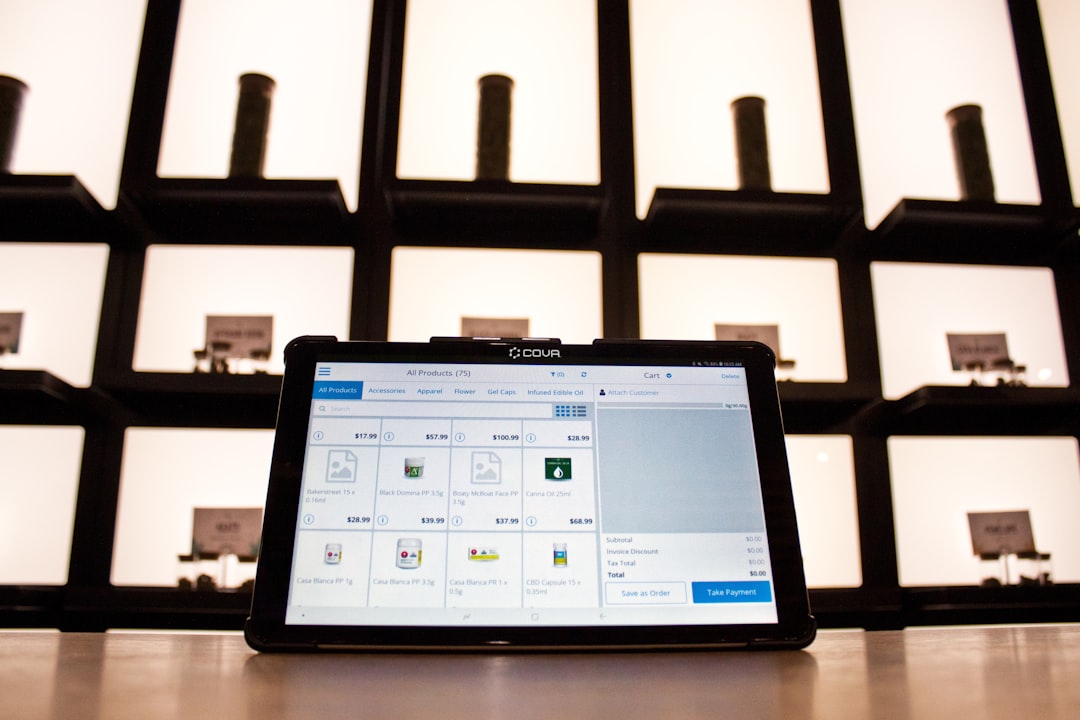In a world where digital content continues to grow exponentially, understanding how much data storage you truly need can seem complex. Whether you’re a casual user, a content creator, or a business professional, determining the right amount of storage is vital for managing files effectively without overspending. In this guide, we’ll break down everything you need to know to make informed decisions about your data storage needs.
What Exactly Is Data Storage?
Before diving into numbers, it’s important to grasp what data storage is. Put simply, data storage refers to the capture and retention of digital information on various devices. These devices include hard drives, solid-state drives (SSDs), USB flash drives, cloud storage services, and even memory cards found in phones and cameras.
Data is measured in units such as:
- Kilobytes (KB) – used for very small files like text documents
- Megabytes (MB) – ideal for images or short videos
- Gigabytes (GB) – perfect for larger files like movies and games
- Terabytes (TB) – commonly used for backups, content libraries, and professional workloads
Understanding Your Needs
The real question is: how much data storage do you actually need? That depends heavily on your usage type. Let’s break it down by user type:
1. Casual Users
If you use your device mainly for web browsing, checking emails, and using lightweight apps, storage shouldn’t be a huge concern. Most laptops with 256GB SSDs or smartphones with 64GB or 128GB of storage are sufficient for your day-to-day needs.
- Photos: A 12MP photo takes up about 3-5MB
- Music: One 3-minute song is around 3-4MB
- Apps: Most casual apps take 20-100MB
With occasional backups or cloud syncing, something between 128GB to 256GB is more than enough.
2. Content Creators
This group includes video editors, photographers, and graphic designers. High-resolution files, RAW photos, and ultra-HD videos demand substantial space.
- RAW Images: 25-50MB each
- 4K Video: Up to 350MB per minute
- Project Files: Can easily exceed several GBs
For such users, storage between 2TB to 10TB (or more) is often necessary. Many content creators use external drives and also rely on services like Google Drive, Adobe Creative Cloud, or Dropbox for backup and collaboration.

3. Gamers
Modern games are storage monsters. With high-end graphics, voice packs, and add-ons, even a single game can be 100GB or more. Multiplayer titles and seasonal updates also pile on the memory consumption.
Recommended storage for gamers:
- Minimum: 500GB (for casual play)
- Optimal: 1TB to 2TB SSD (for multiple active titles)
- External Options: External SSDs or game drives for expansion
Gamers should look for SSDs with high read/write speeds to reduce load times and ensure smooth performance.
4. Business Professionals
Depending on the industry, storage requirements for professionals can vary. Office workers using spreadsheets and documents won’t need as much space as those working with databases, design software, or customer information systems.
- Documents: Word or Excel files are generally less than 1MB each
- PDFs: Around 1-10MB depending on content
- Presentations: Can range from 5MB to 100MB
For everyday business use, 256GB to 512GB is a safe range. However, backing up your system regularly to a cloud-based solution or a physical external drive is highly recommended.

5. Families & Shared Households
When more than one person uses the same storage, data types and demands quickly become diverse. Family photos, school projects, videos, and app data can add up fast.
Recommended plan:
- Use a shared network storage (NAS) system or cloud platform
- 1TB to 4TB of shared storage is ideal for organized, long-term use
- Back up regularly on external HDDs or SSDs
Internal vs. External vs. Cloud Storage
With all the storage options available, choosing the right combination is essential. Here’s how each type stacks up:
Internal Storage
Provides the fastest access to your files and apps but is limited by your device’s maximum capacity. Upgrading laptops or tablets typically requires professional service or may not be possible at all.
External Storage
Perfect for incremental upgrades. These include USB sticks, external HDDs/SSDs, and memory cards. Great for backups and file transfer, though performance varies by connection type (USB 2.0 vs. USB 3.2 vs. Thunderbolt).
Cloud Storage
Services like Google Drive, OneDrive, and iCloud offer remote access, scalability, and automatic backups. However, they rely on internet speed and come with monthly fees for larger storage tiers.
Combining all three offers the most flexibility: internal for speed, external for capacity, and cloud for accessibility.
Typical Storage Size Reference
Here’s a general breakdown to help visualize how much content fits into typical storage sizes:
- 128GB: 25,000 photos / 25 HD movies / 20 games
- 256GB: Double the above – ideal for students and casual users
- 512GB: Great for light professionals, gamers, hobbyists
- 1TB: Video collection, game library, RAW photos – decent for most enthusiasts
- 2TB+: Required for large-scale video editing, 3D rendering, or managing servers
Tips to Manage Storage Better
Instead of just upgrading, sometimes it’s more about managing data more effectively. Here’s how:
- Use cloud sync: Keep recent files locally and shift older files to the cloud.
- Clean caches: Regularly clear your browser and software cache.
- Uninstall unused apps: Many apps lie dormant and consume several GB of storage.
- Use compression: Compress files you rarely access but don’t want to delete.
- Set storage limits: Many phones and PCs allow you to configure storage alerts.
Future-Proofing Your Storage Choices
Technology and data sizes will only continue to grow. Think about your future needs before purchasing a device. For example:
- Choose at least 512GB SSD if you’re getting a new laptop in 2024 or beyond
- Consider a modular external drive system for desktops and gaming rigs
- Invest in NAS (Network Attached Storage) for multi-person usage and backups
Also consider cloud services with features like version history, real-time collaboration, and multi-device access as part of your storage ecosystem.
Conclusion
There’s no one-size-fits-all answer, but now you’re better equipped to calculate how much storage suits your specific lifestyle. Whether you’re snapping family photos, editing cinematic videos, or playing the latest AAA game, you can optimize your investment in storage with smart planning.
Measure your current usage, consider short and long-term needs, and don’t forget to build a strong backup strategy. After all, in today’s world, data is everything—and having enough storage means having peace of mind.